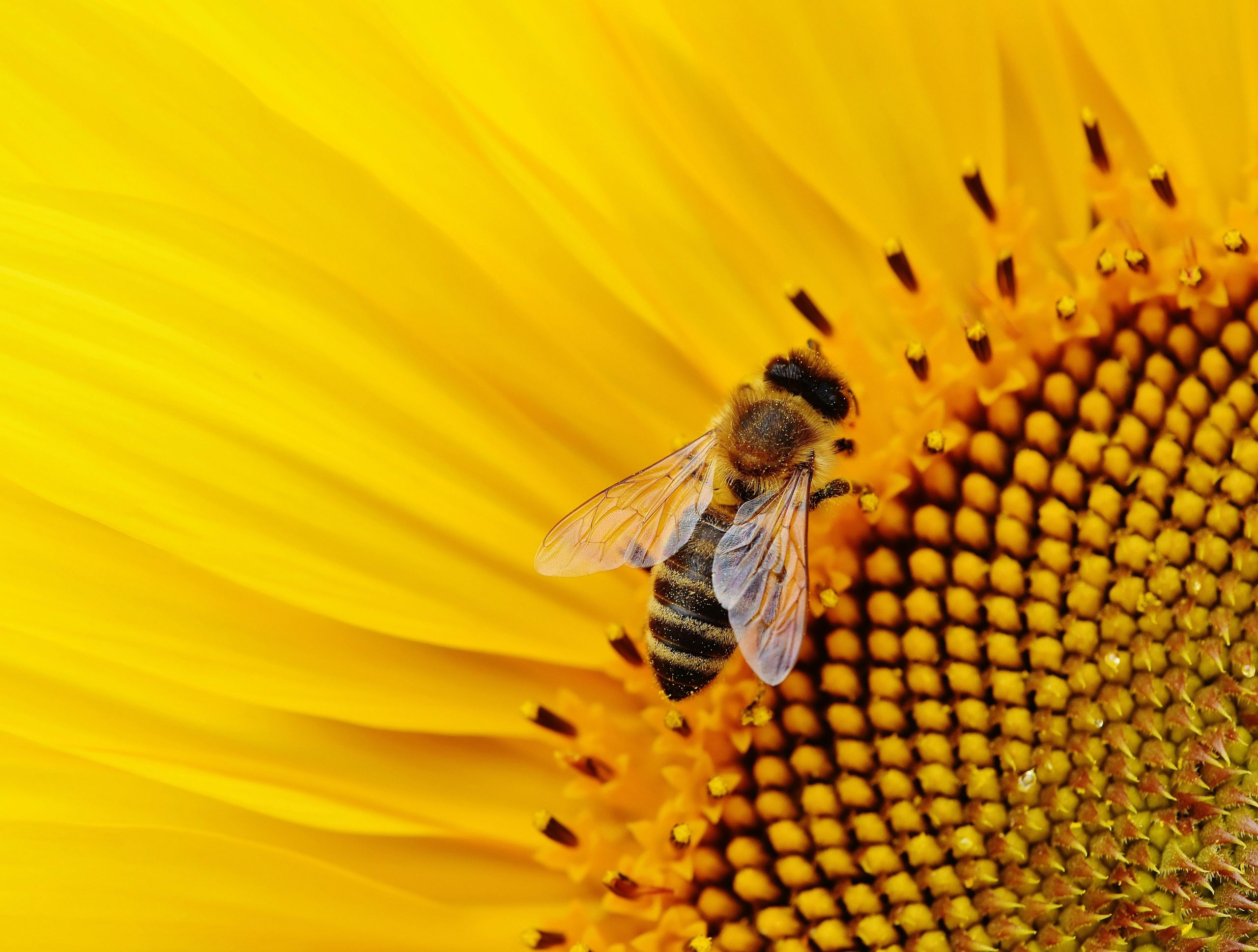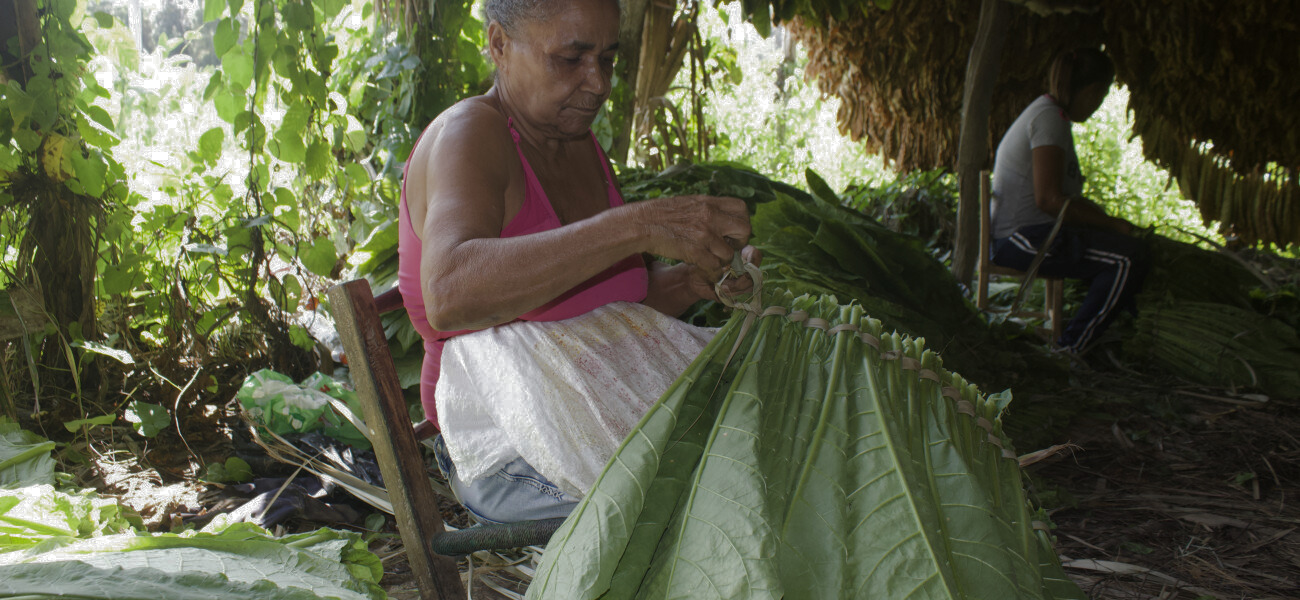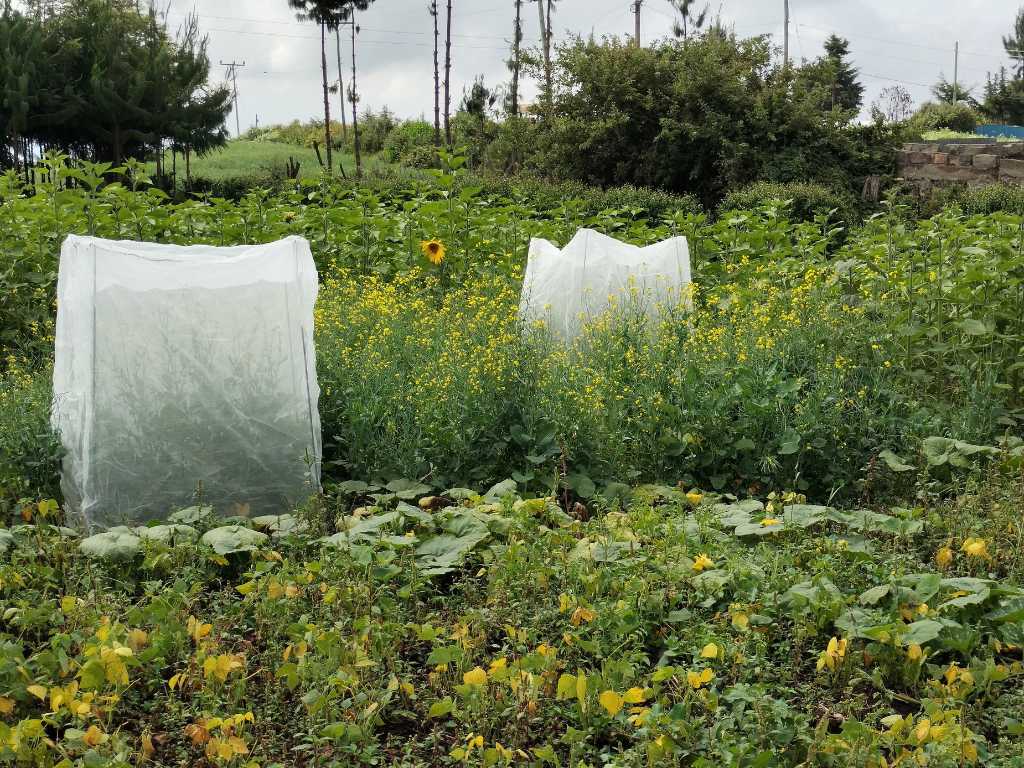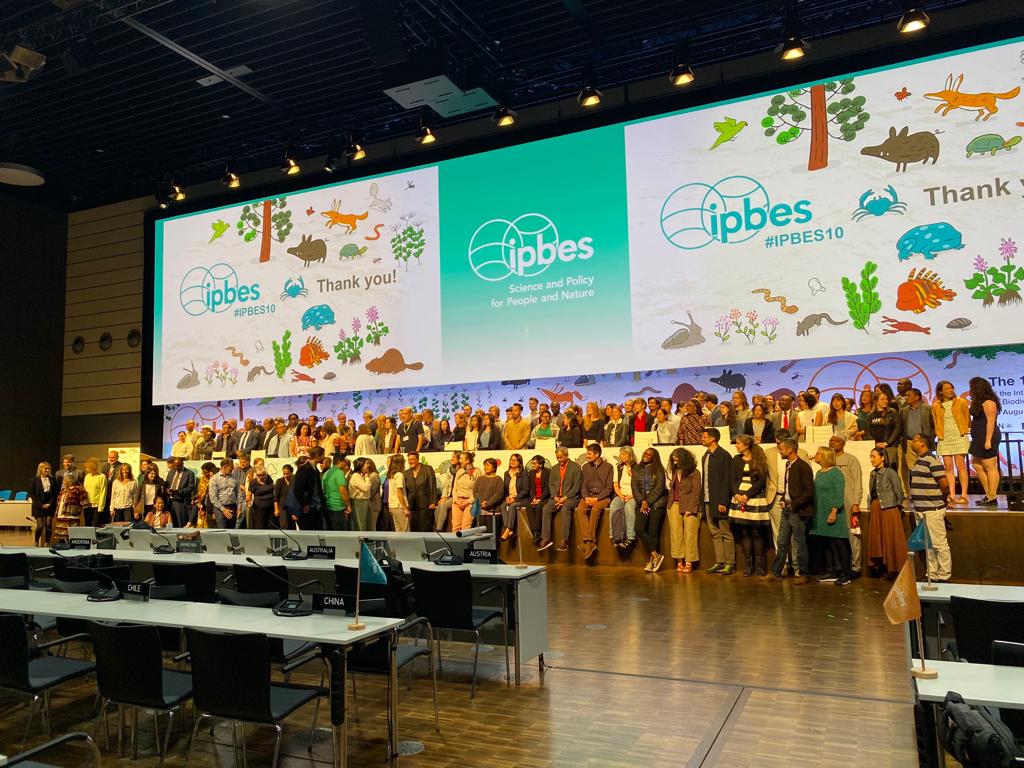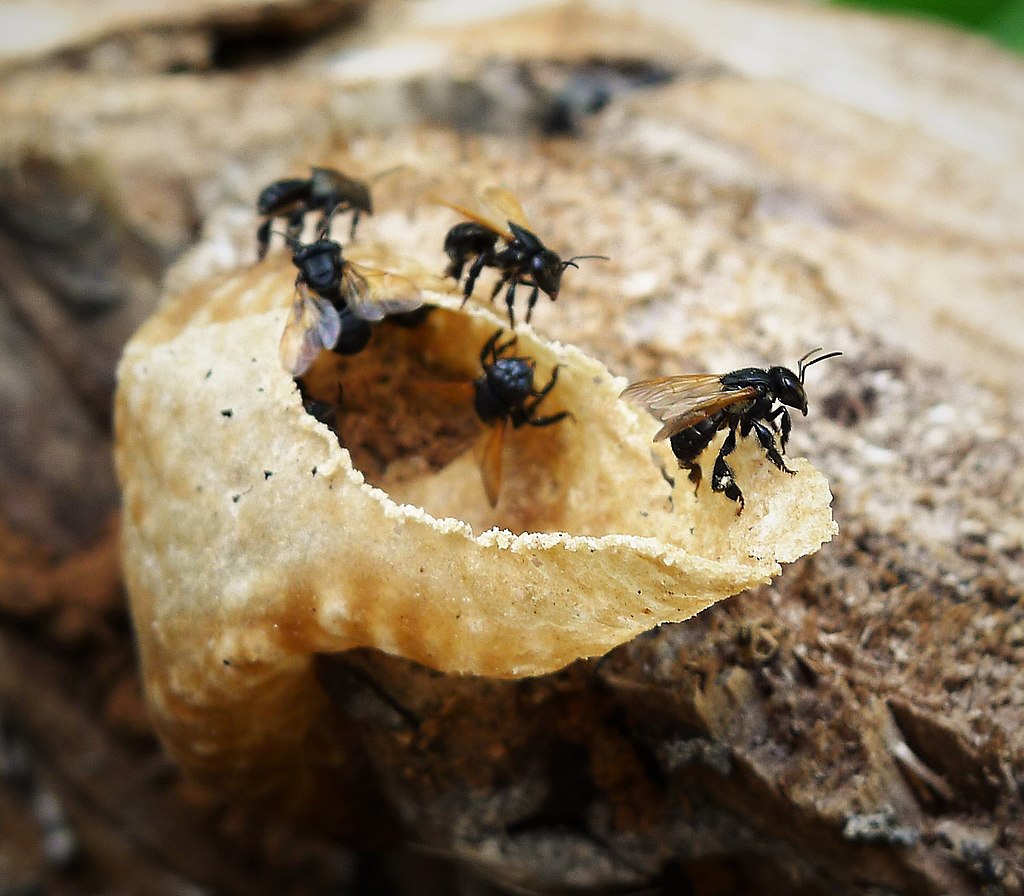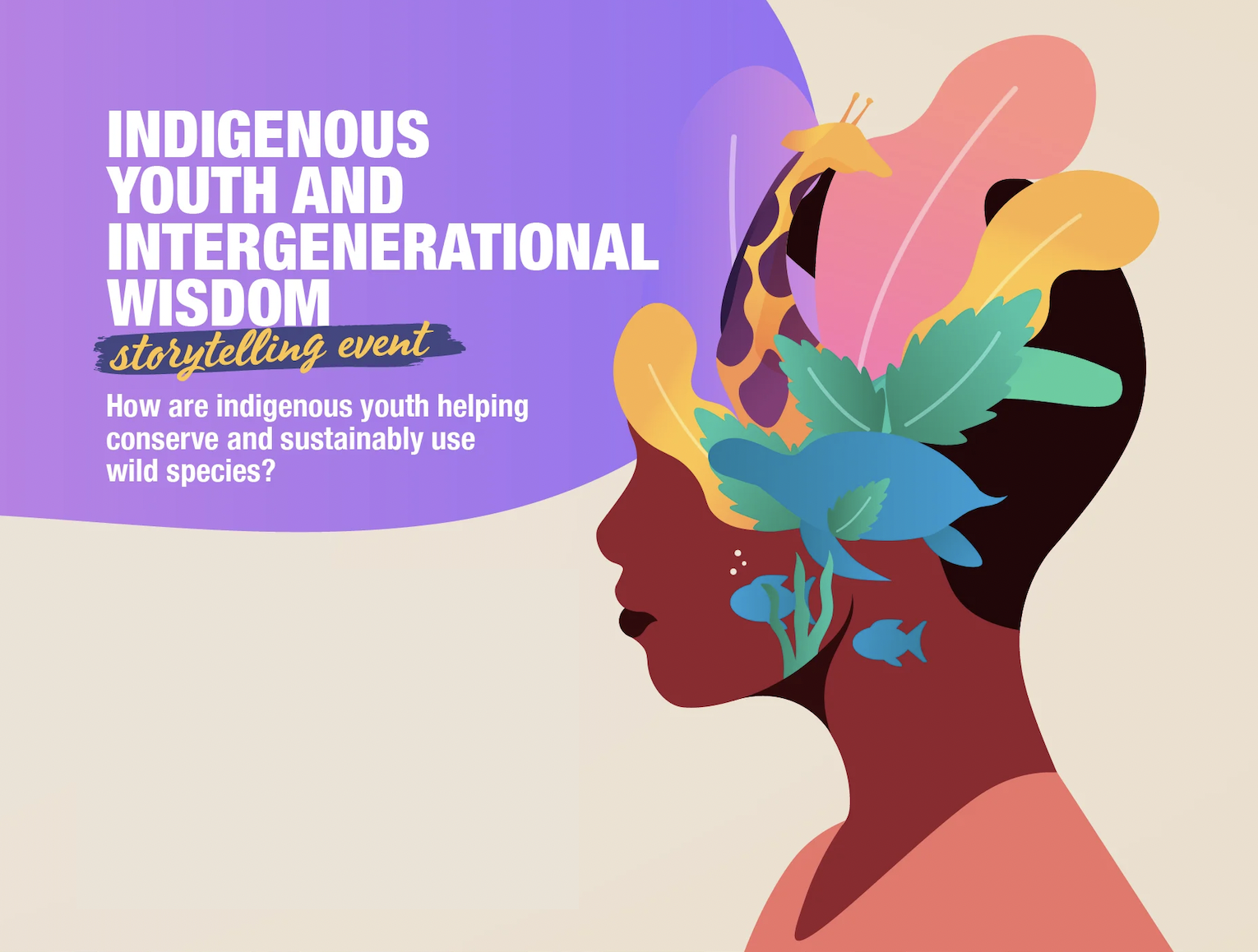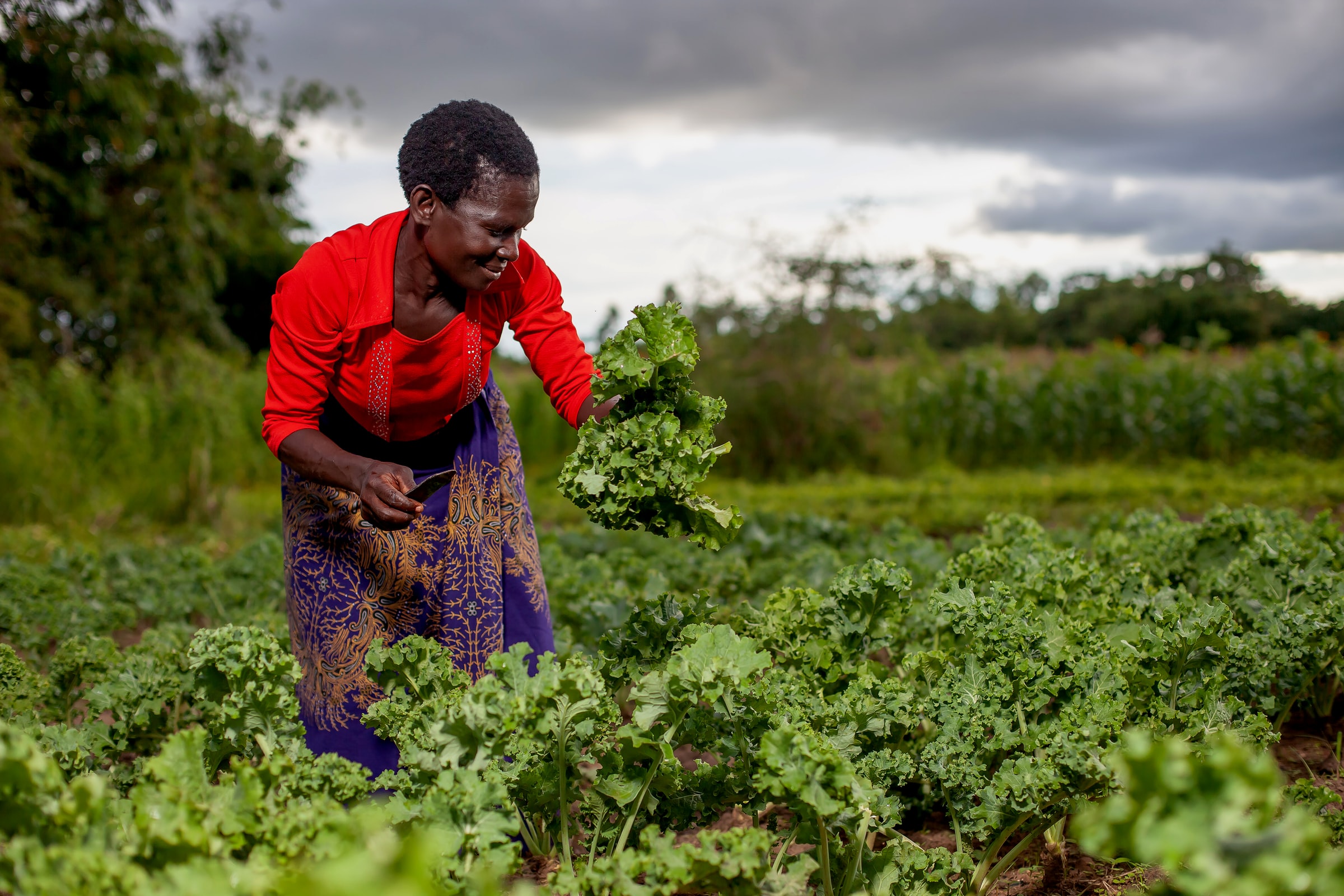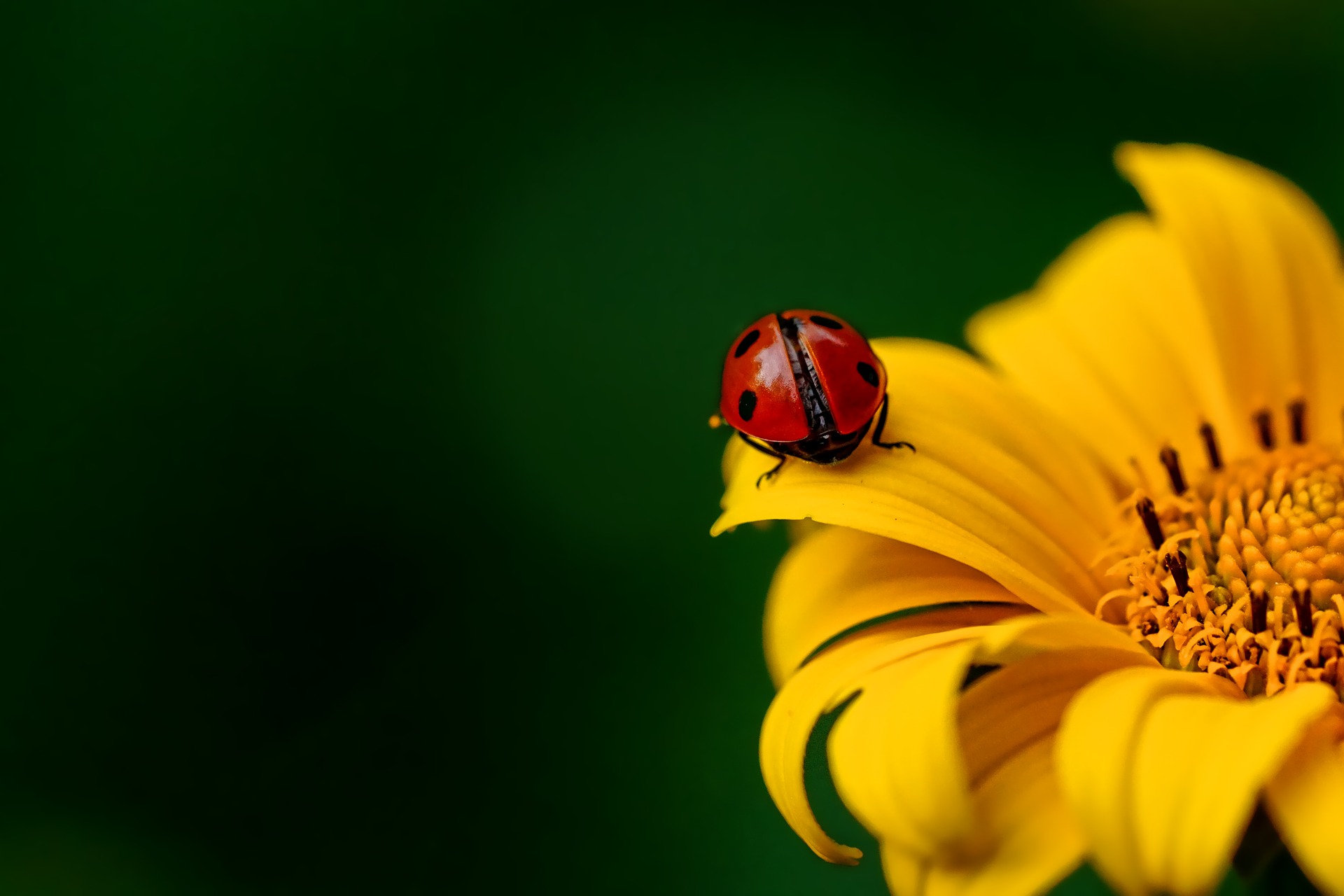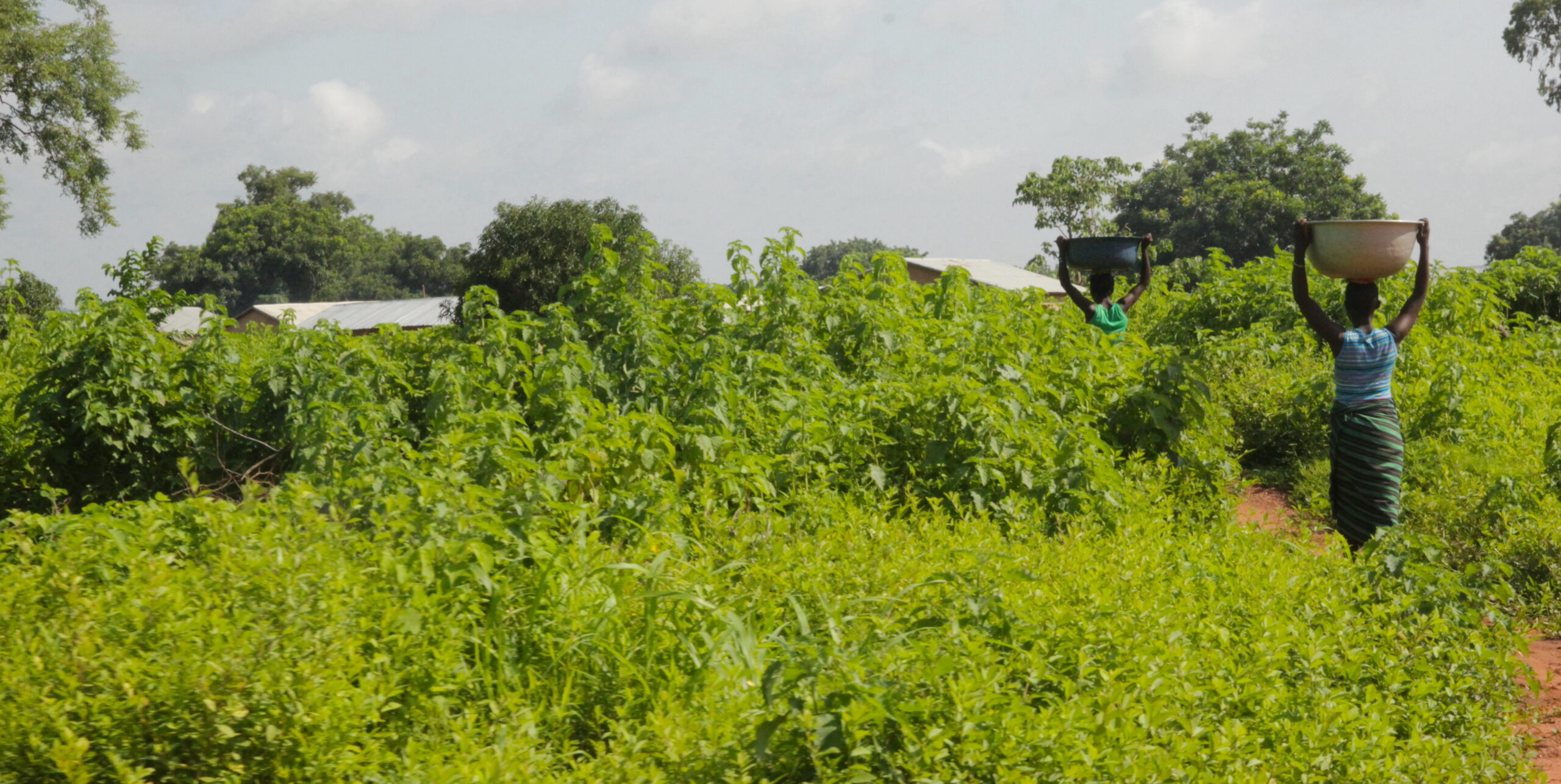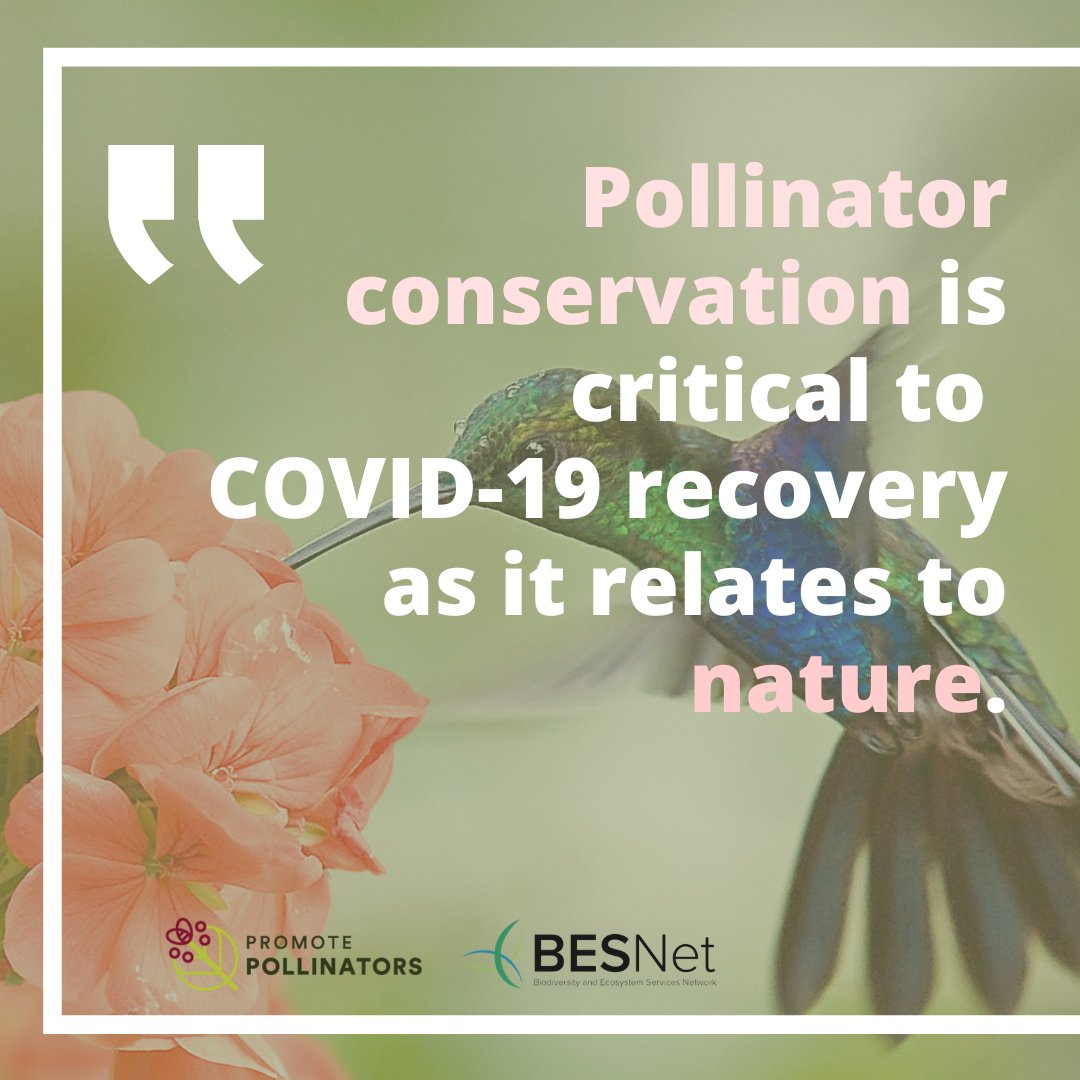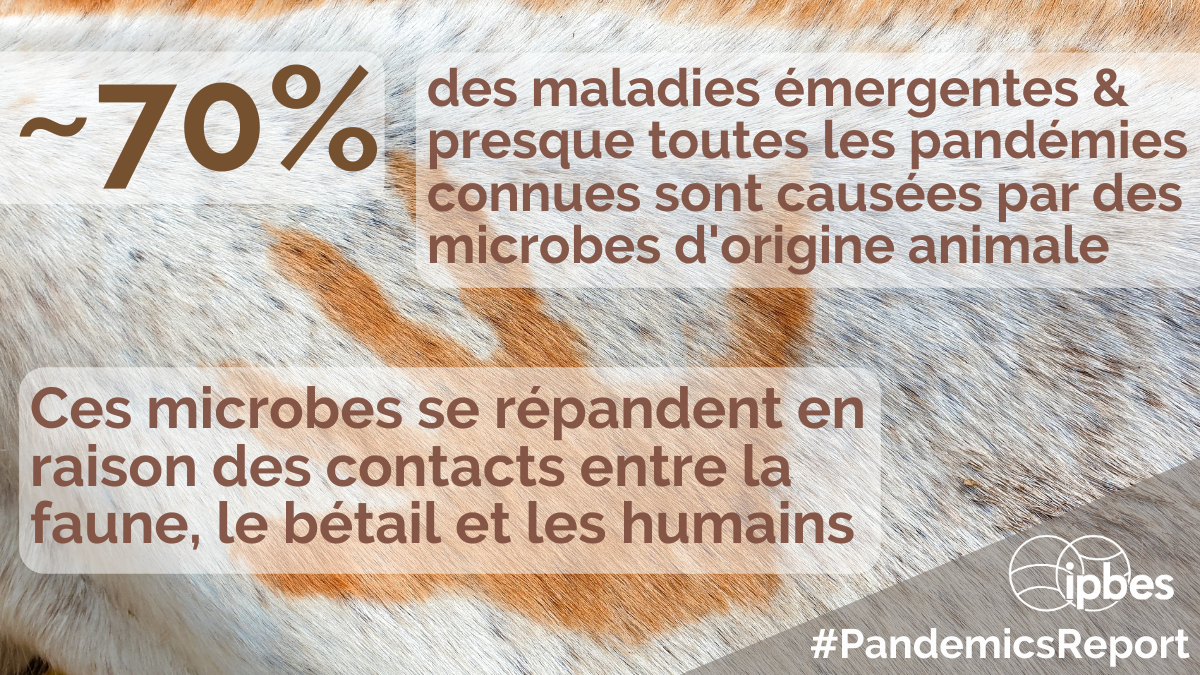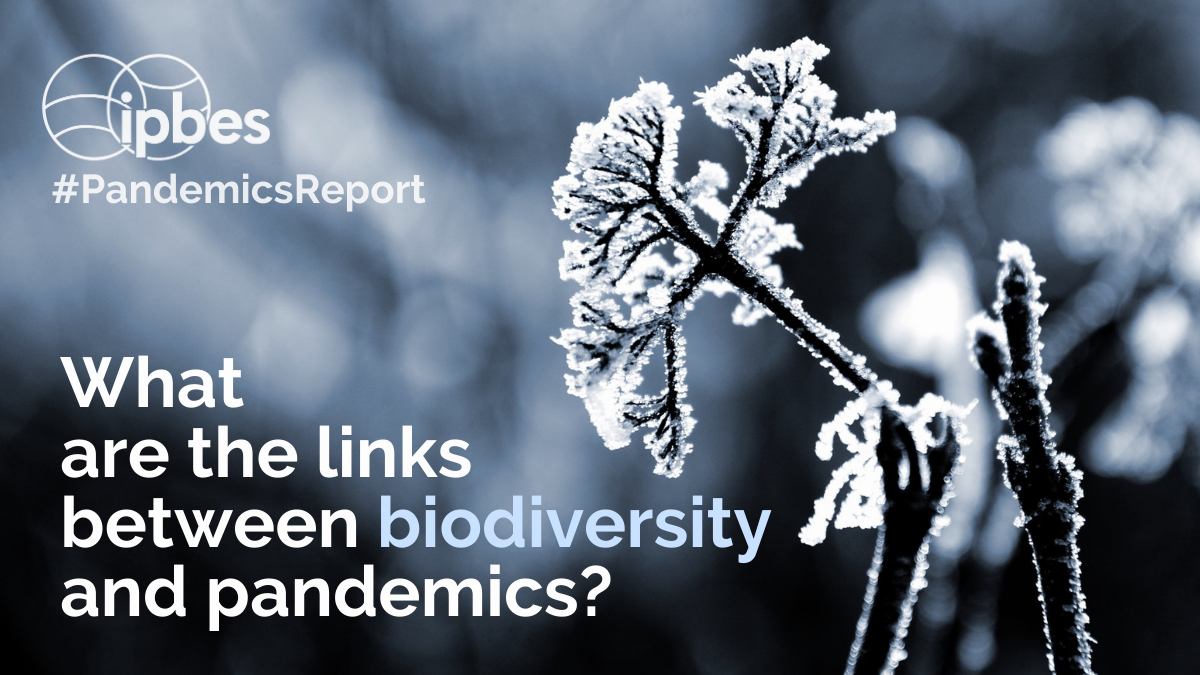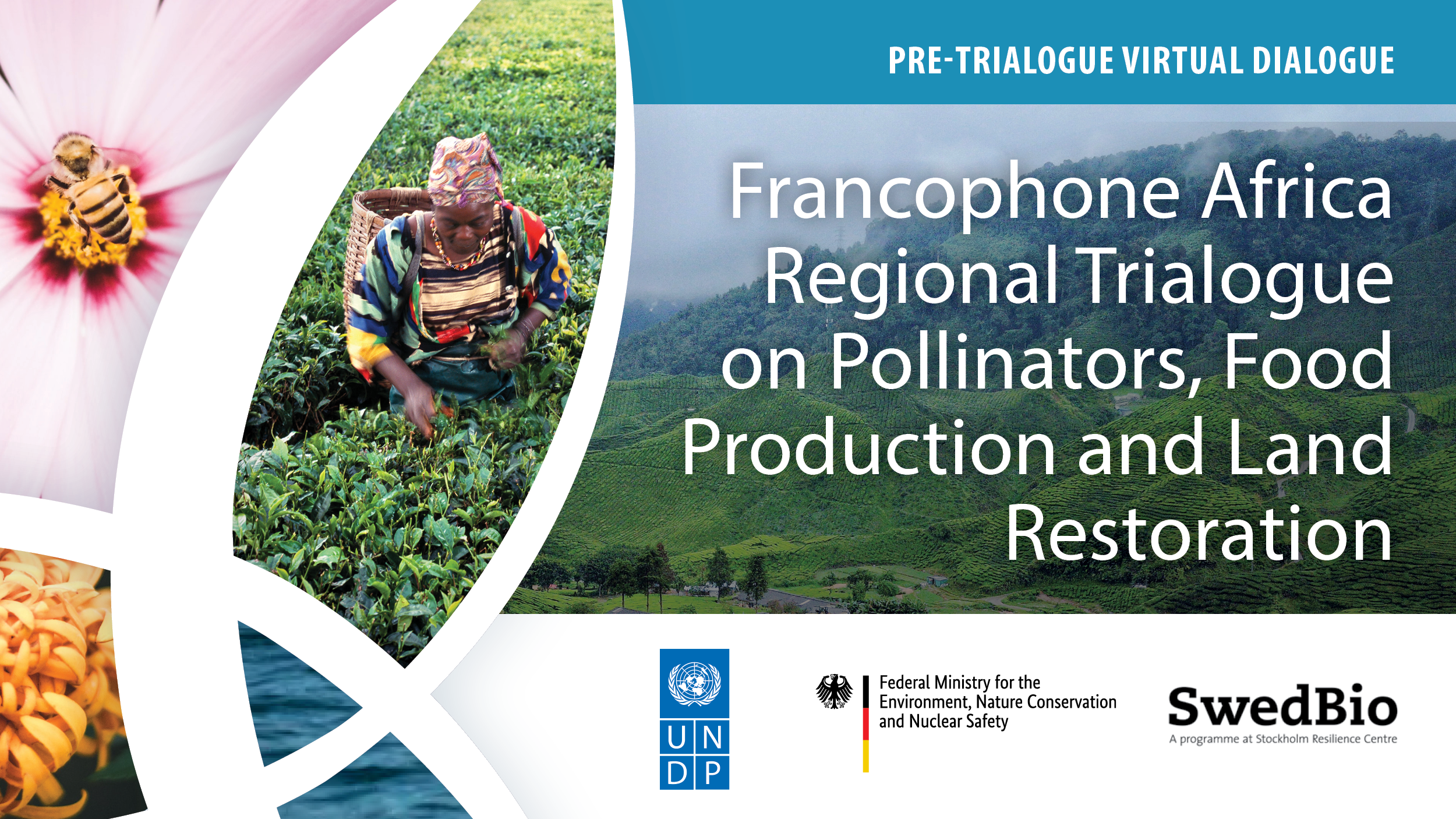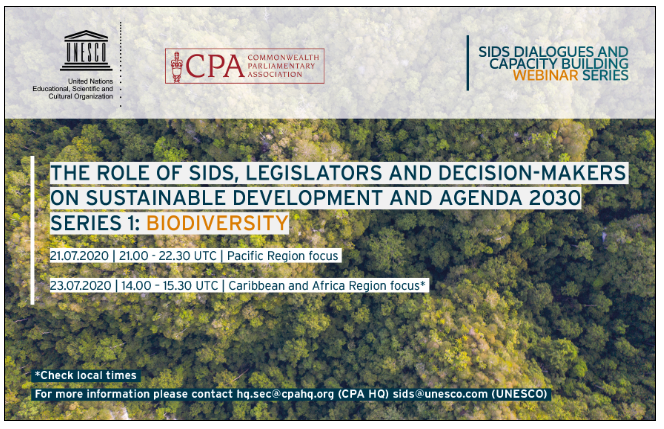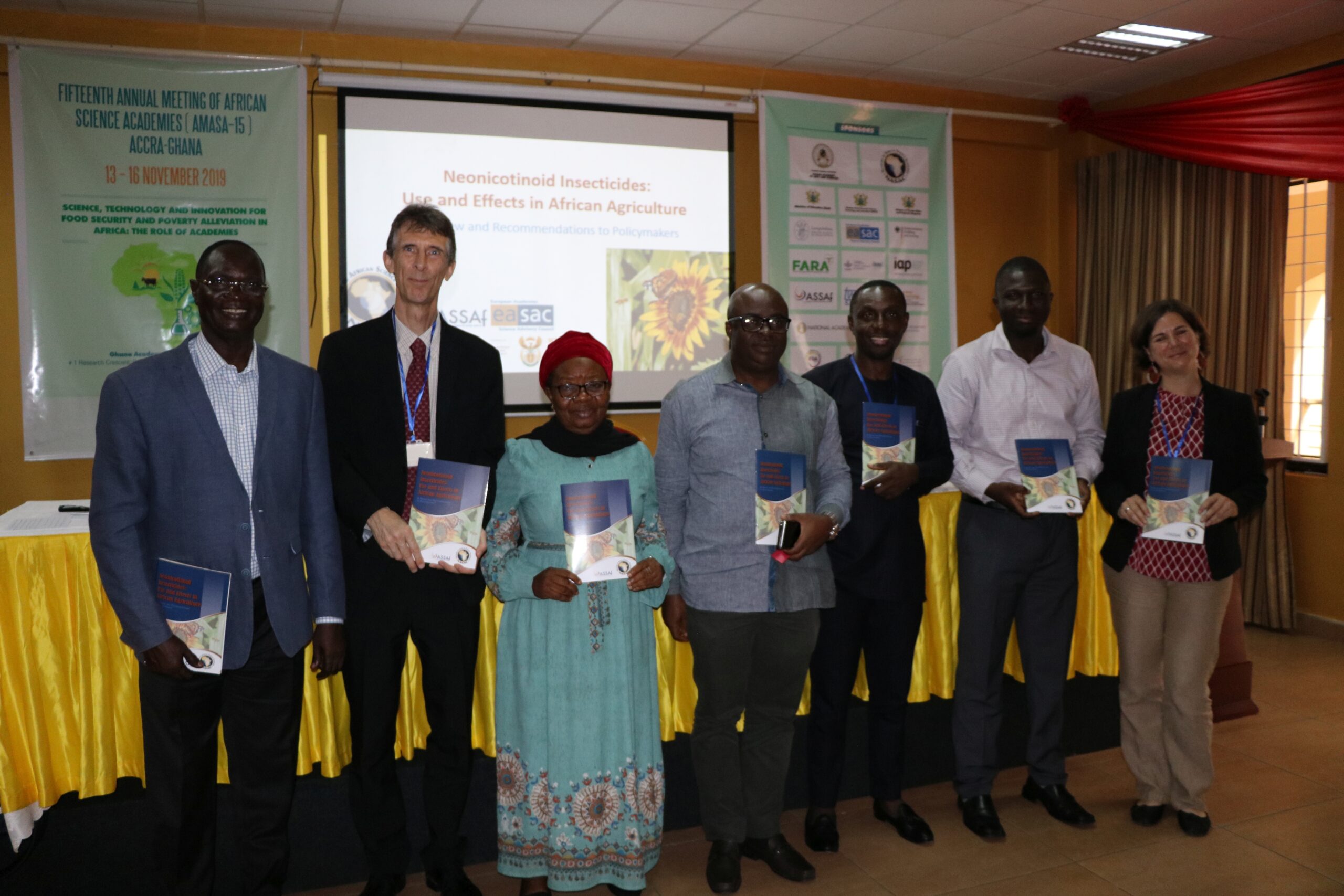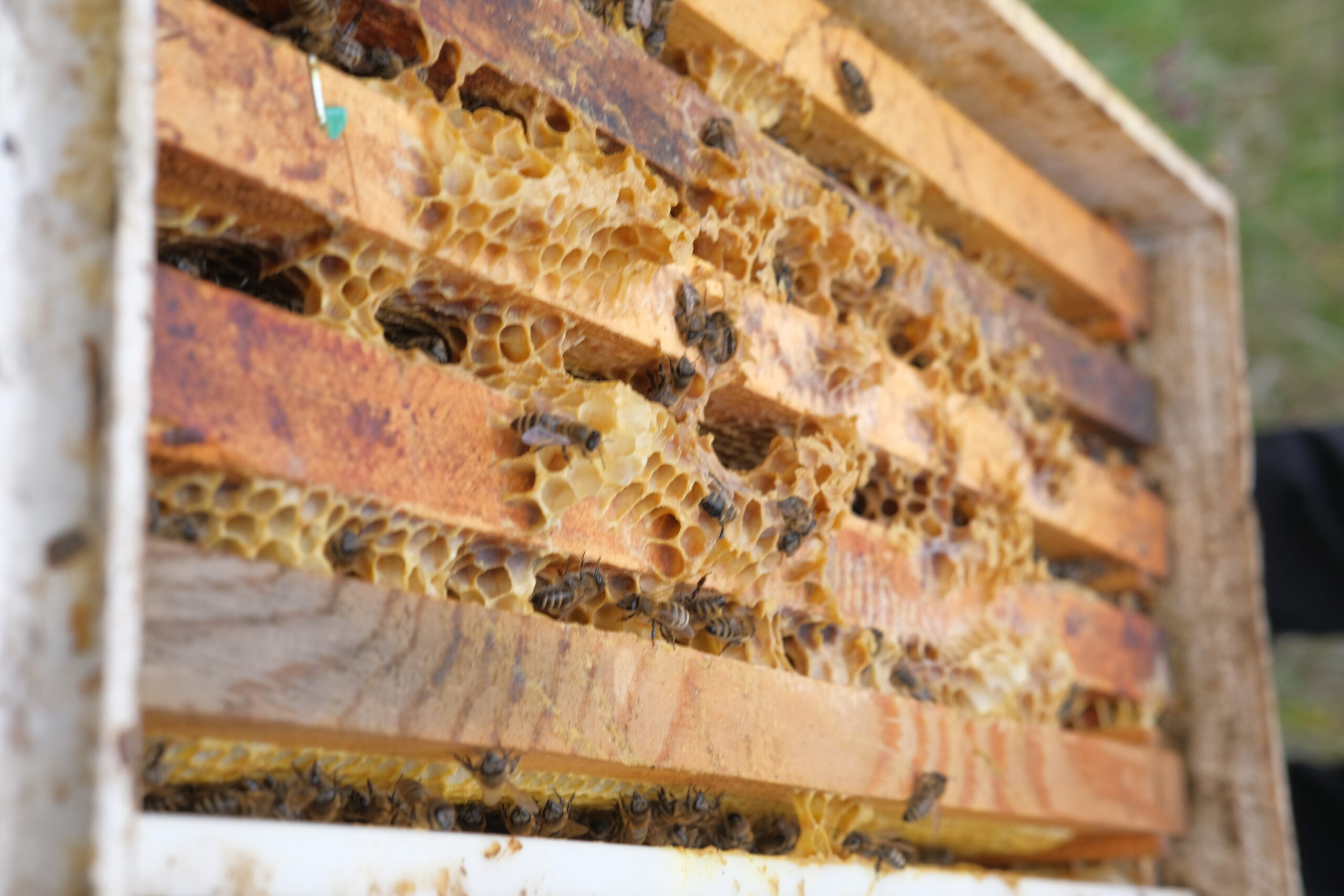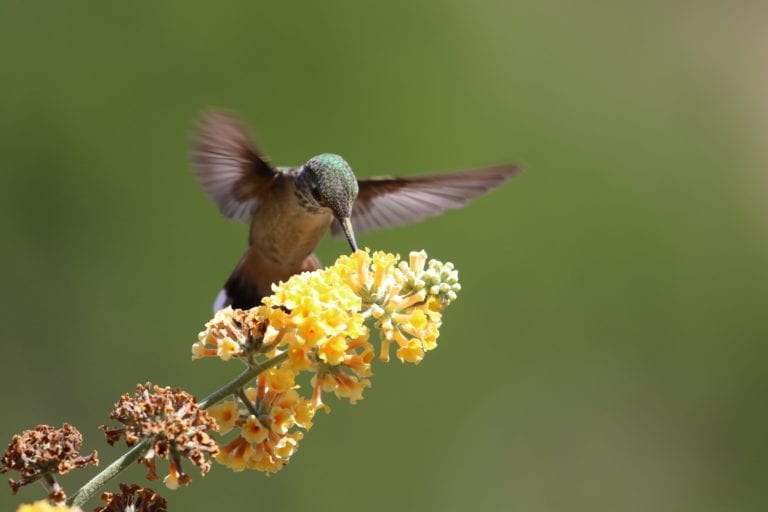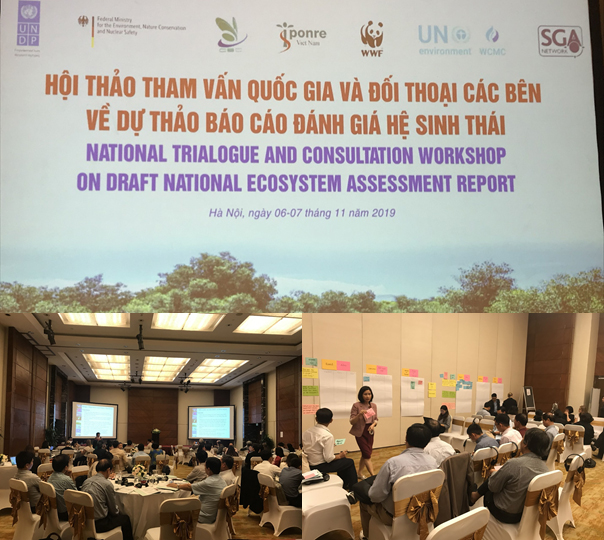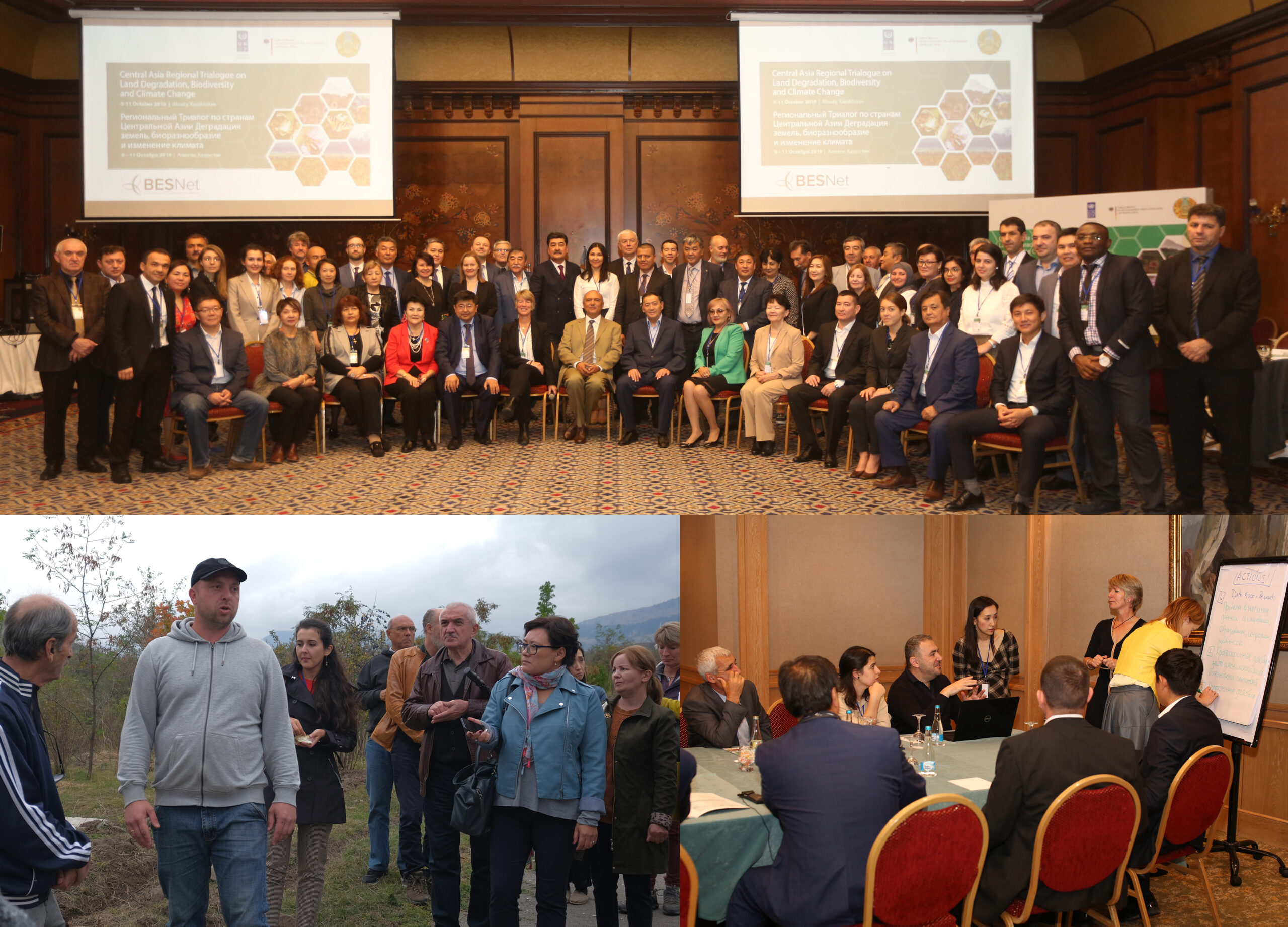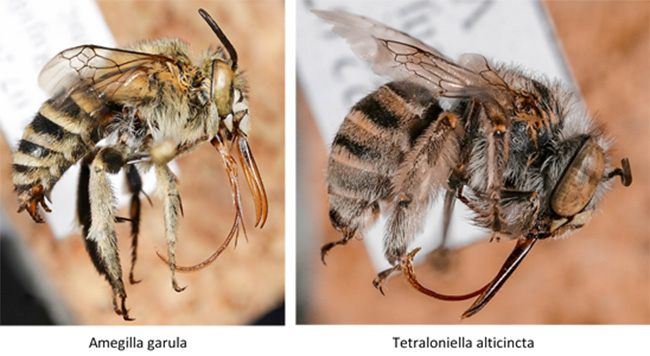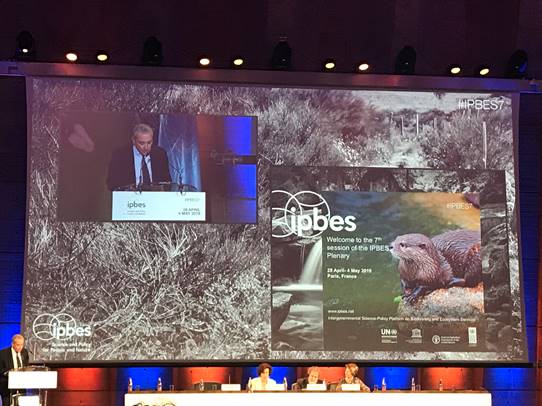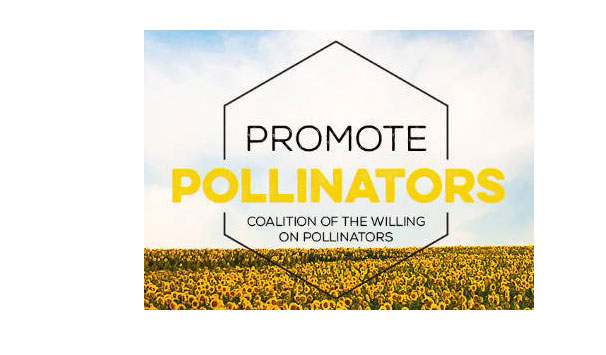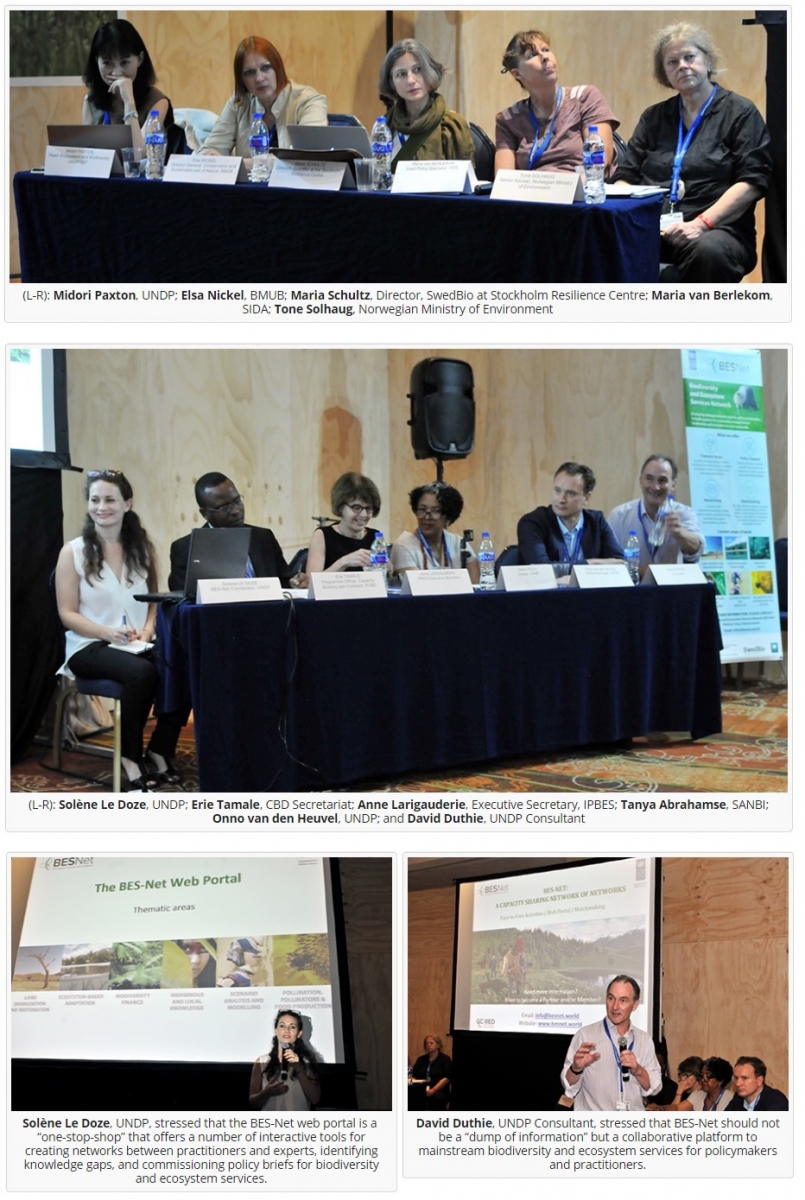Biodiversity is being lost at an unprecedented rate, whilst the outbreaks of zoonotic diseases, infectious diseases that have jumped from a non-human animal to humans, are increasing. In the current context of COVID-19 pandemic, it is imperative to deepen our understanding of the effects of biodiversity loss on zoonotic diseases spillover from a comprehensive approach. The BES-Net Op-Ed series on COVID-19 provides insights into concrete examples of linkage between biodiversity loss and the rise of zoonotic diseases with the aim to help identify more integrated, cross-sectoral, and inclusive policy options that build the health and resilience of people and the planet.
This Op-Ed series #3 specifically focuses on the linkage between biodiversity loss and vector-borne infectious diseases outbreak.
Vector-borne infectious zoonotic diseases
Vector-borne diseases are human illnesses caused by parasites, viruses and bacteria that are transmitted by vectors, which are living organisms that can transmit infectious pathogens between humans, or from animals to humans. We present dilution effect related to three vector-borne zoonotic diseases, namely West Nile encephalitis, Lyme disease, Nipah virus.
West Nile encephalitis – spillover
The West Nile encephalitis is caused by the West Nile Virus (WNV), a mosquito-borne flavivirus that causes substantial morbidity and mortality in several vertebrate groups, including humans. The predominant vectors are Culex mosquitoes, and the predominant reservoirs are passerine birds[1].
The dilution effect hypothesis suggests that mosquitoes occurring in areas of low avian diversity should have a high probability of encountering a competent reservoir for WNV, and therefore a high probability of acquiring infection during blood meals. In contrast, mosquitoes occurring in areas of high avian diversity should have a higher probability of taking a blood meal from one of the many species that are less competent or incompetent as reservoirs for WNV.
Three recent studies detected strong correlations between low bird diversity and increased human risk or incidence of West Nile encephalitis in the United States[2]. Communities with low avian diversity tend to be dominated by species that amplify the virus, inducing high infection prevalence in mosquitoes and people, while communities with high avian diversity contain many species that are less competent hosts.
Figure 1. West Nile virus transmission (source: www.thehindu.com)
Lyme disease – spillover
Lyme disease is a tick-borne bacterial zoonosis caused by the spirochete Borrelia burgdorferi, whose reservoir are white-footed mice (Peromyscus leucopus), eastern chipmunks (Tamias striatus), short-tailed shrews (Blarina brevicauda), and masked shrews (Sorex cinereus)[3]. Both the infection prevalence and abundance of the tick vector are critical to determining human exposure rates.
The dilution effect hypothesis suggests that ticks occurring in forests supporting high vertebrate diversity would have lower infection prevalence than would ticks occurring in low-diversity habitats where mice, chipmunks, and shrews dominate. In addition, because blacklegged ticks appear to feed more successfully from small rodents than from other hosts, they would be more abundant in low-diversity habitats.
Work on Lyme disease demonstrated how, under certain conditions, increased vertebrate species diversity can lead to decreased disease transmission and prevalence in the reservoir host and subsequently decreased spillover to humans—the so-called “dilution effect”.[4]
Figure 2. Lyme disease transmission (source: bayarealyme.org)
Nipah virus – spillover and outbreak
Nipah virus (NiV) is an emerging zoonotic infectious disease. The natural hosts of the virus are fruit bats of the Pteropodidae family, Pteropus genus, however pigs act as the amplifying host for the virus, meaning it can be more readily transmitted to humans from pigs[5]. Nipah virus has a mortality rate of 40-75% and was first identified in 1999 during an outbreak of encephalitis and respiratory illness among pig farmers and people with close contact with pigs in Malaysia and Singapore[6].
Nipah virus spilled over from wild fruit bats to domestic pigs. Biodiversity loss alongside habitat encroachment by people into species-rich areas may have increased the exposure of people to novel infectious agents from wildlife[7]. High densities of pigs in local farms – usually associated with low biodiversity – appear to have facilitated establishment of pig-to-pig transmission, and the pathogen then spilled over from pigs to humans[8].
In the 1999 outbreak, Nipah virus caused a relatively mild disease in pigs, but nearly 300 human cases with over 100 deaths were reported. In order to stop the outbreak, more than a million pigs were euthanized, causing tremendous trade loss for Malaysia. In 2001, NiV was again identified as the causative agent in an outbreak of human disease occurring in Bangladesh. Genetic sequencing confirmed this virus as Nipah virus, but a strain different from the one identified in 1999. In the same year, another outbreak was identified retrospectively in India with reports of person-to-person transmission in hospital settings. Unlike the Malaysian NiV outbreak, outbreaks occur almost annually in Bangladesh and have been reported several times in India[9].
Figure 3. Nipah virus transmission (source: www.afludiary.blogspot.com)
Conserv Biol 14:722–728; LoGiudice K, Ostfeld RS, Schmidt KA, Keesing F (2003) The ecology of infectious disease: Effects of host diversity and community composition on Lyme disease risk. Proc Natl Acad Sci USA 100:567–571.
http://dx.doi.org/10.1098/rsif.2018.0403

